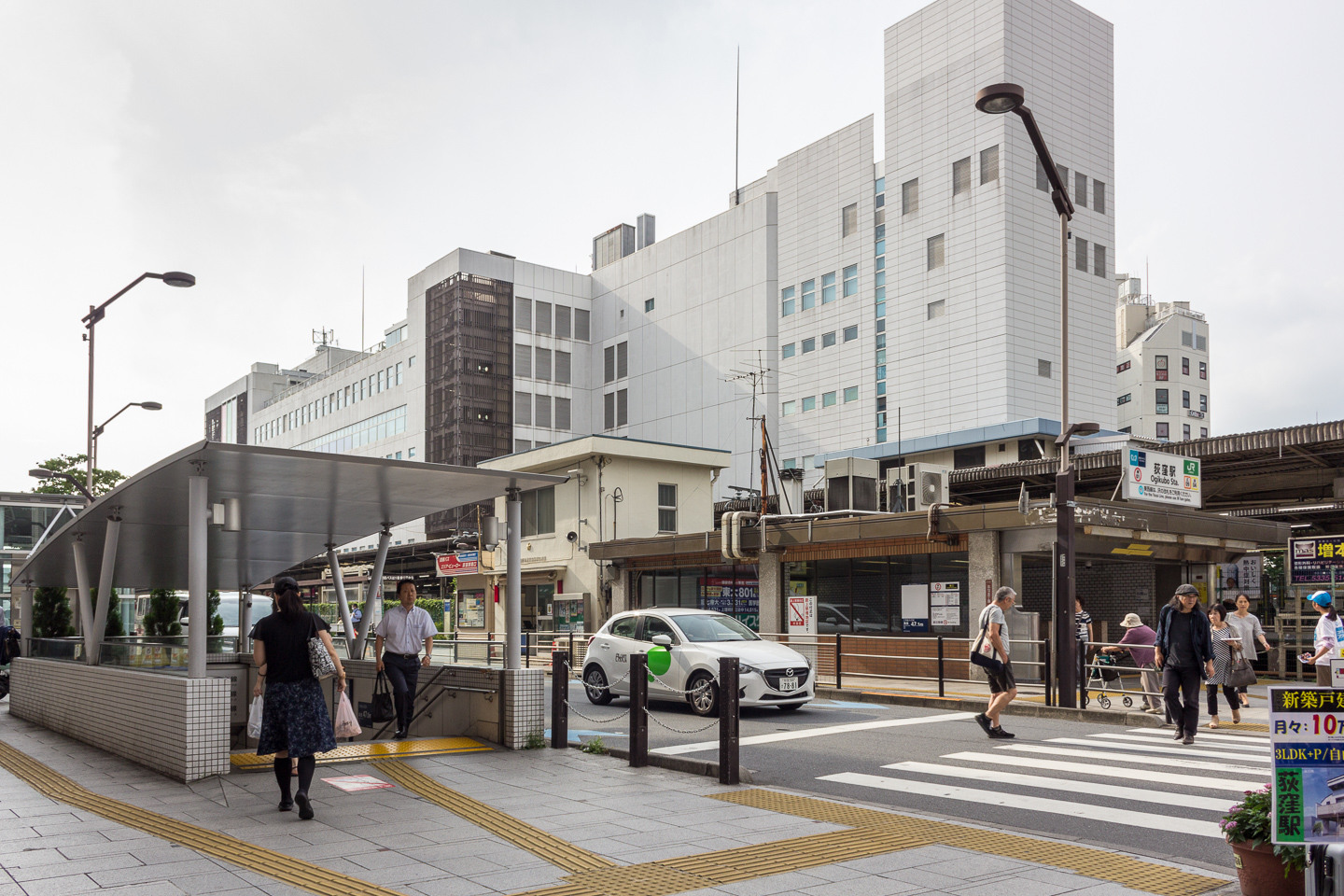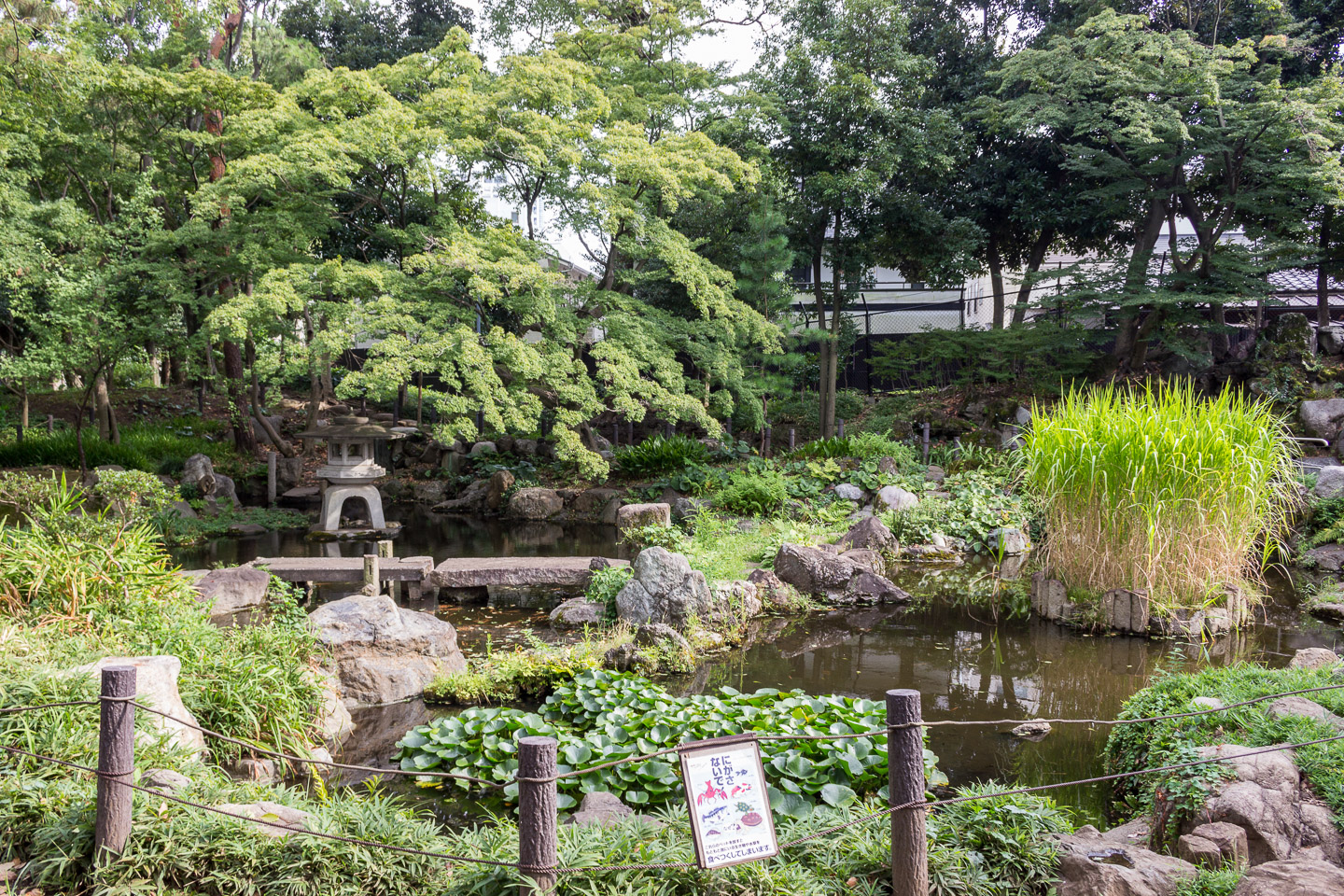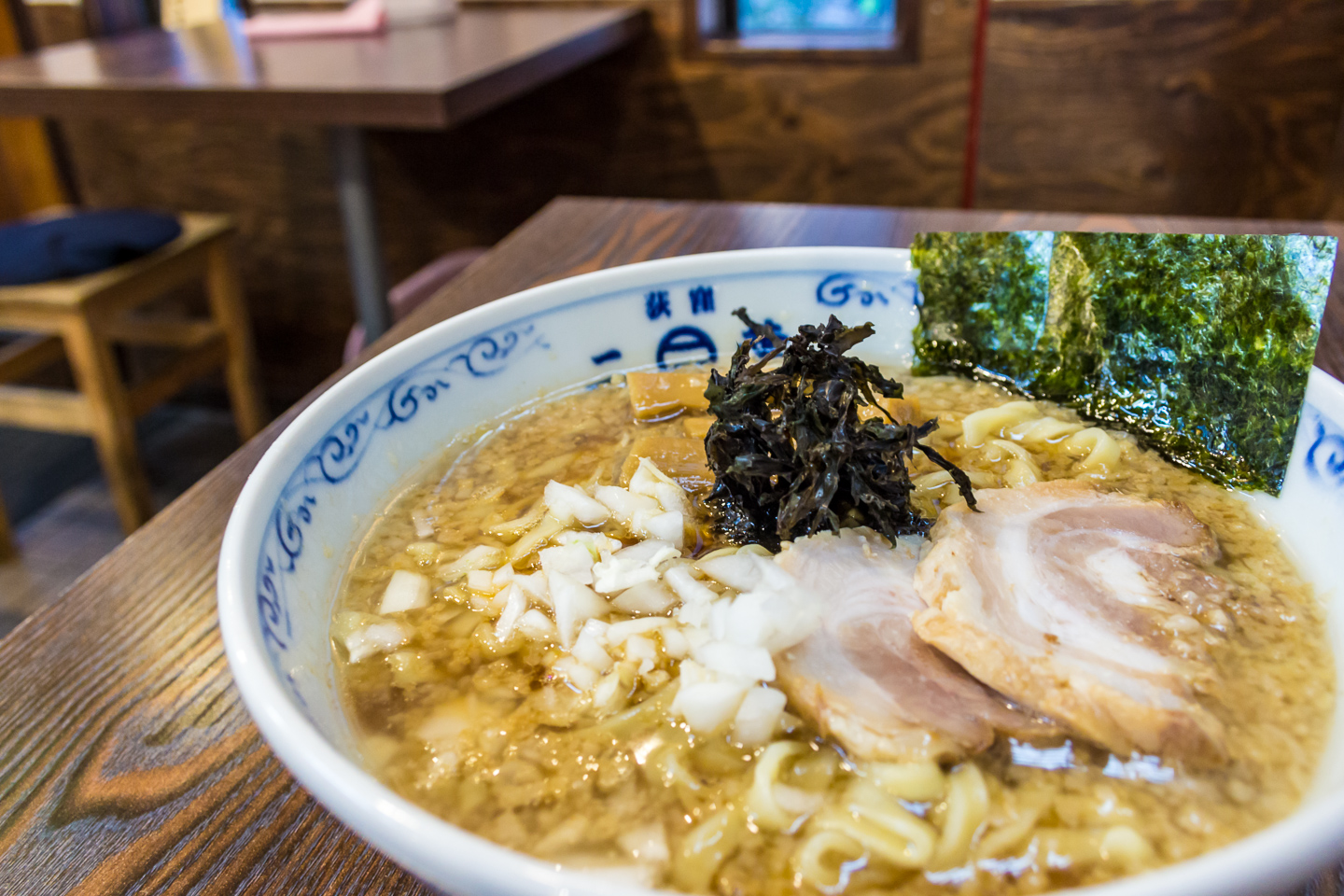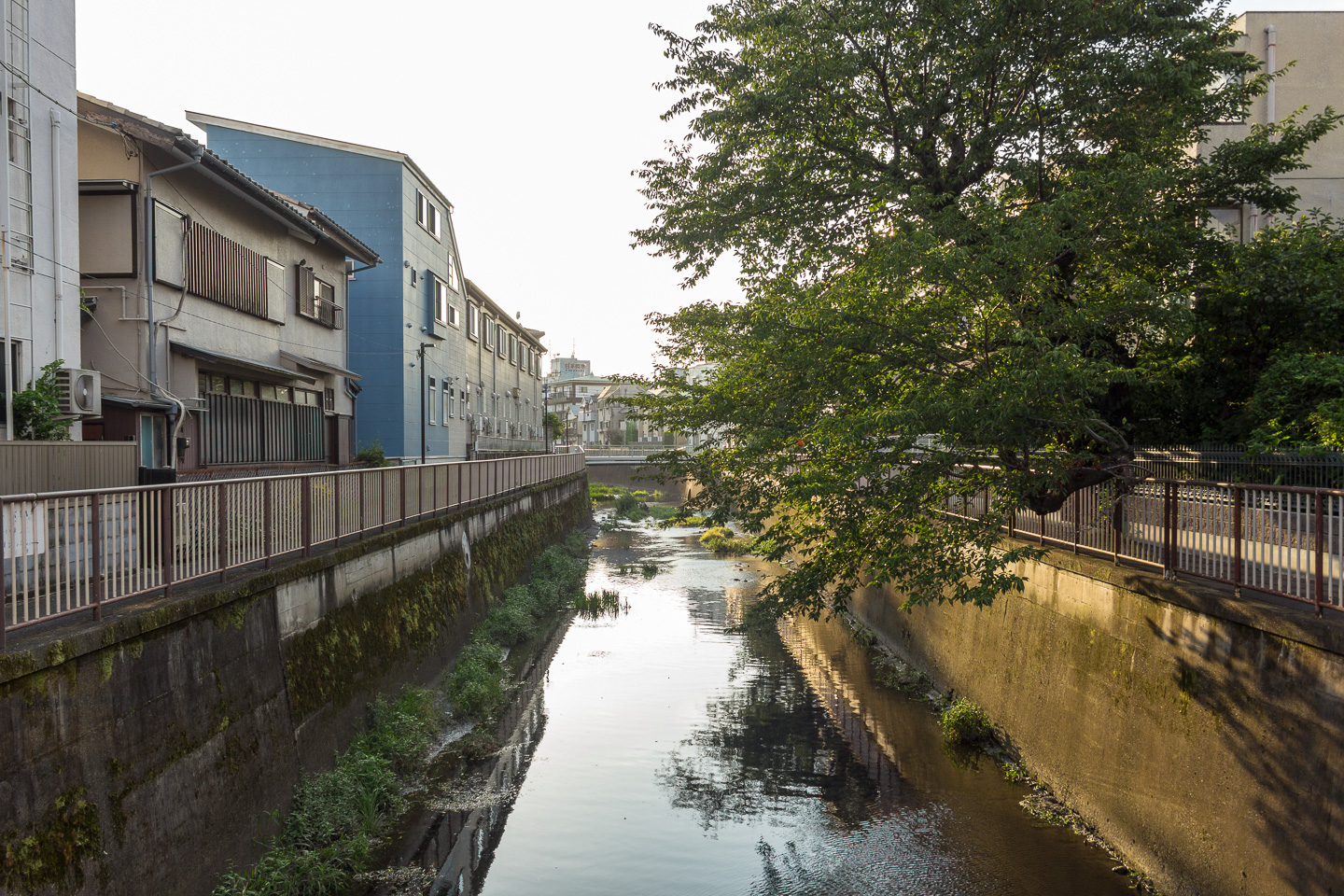Details
- Trainline(s)
- Ogikubo Station is located on the JR Chuo Line (Rapid), JR Chuo-Sobu Line (Local), and Maruouchi subway line.
- Access
- From Ogikubo Station on the JR Chuo Line (Rapid) and JR Chuo-Sobu Line (Local):
-- 10-min direct to Shinjuku Station
-- 23-min direct to Tokyo Station
-- 20-min to Shibuya Station (1 transfer)
From Marunouchi subway line:
-- 15-min direct to Shinjuku Station
-- 33-min direct to Ginza Station
-- 33-min to Roppongi Station (1 transfer)

Contents

Ogikubo at a glance
A residential suburb approximately 8 km west of Shinjuku, Ogikubo is a quiet, comfortable area that offers plenty of convenience for its residents. Ogikubo is somewhat well-known by ramen lovers for its unique take on ramen, and there are quite a few noodle restaurants dating back almost 100 years ago. Besides ramen shops, you’ll also find a few department stores close to the station with a variety of stores, restaurants, and even a BBQ area (only during the summer).

Transportation
As the sole stop on the JR Chuo Line that also is serviced by the Marunouchi Line, Ogikubo Station does tend to have a slightly higher number of commuters during rush hour compared to other stations. That being said, access to multiple train lines is helpful and makes it easier to get to various parts of Tokyo.
A view of a stretch of road in Ogikubo. Photo: Scott Kouchi
Rent
Rent around Ogikubo tends to be slightly more expensive than other nearby neighborhoods (Koenji, Nishi-Ogikubo), but this is primarily due to the convenience that Ogikubo offers.
- Studio/1K ¥81,200/month (About $770 assuming an exchange rate of ¥106 yen/US dollar)
- 1LDK/2DK/2K ¥128,000 (About $1200)
- 2LDK/3DK/3K ¥175,800 (About $1660)
On Real Estate Japan, you can find much less expensive options than the average numbers mentioned above.
For example, rent for some 1R apartments near Ogikubo Station starts at around ¥42,000 per month.
Apartments for rent in the Ogikubo neighborhood
To see current listings, please click on the links below.
- Ogikubo Station apartments
- Nishi-Ogikubo Station apartments
- Asagaya Station apartments
- Minami-Asagaya Station apartments
- Shimoigusa Station apartments

Ease of living
A great perk of living within Tokyo is that you can get to shopping districts like Omotesando and Ginza relatively easily. However, in most cases, you aren’t going to want to make a trek all the way out to those areas every time you want to go window shopping (or actual shopping). So having a department store nearby is a huge convenience.

One thing to point out about the SEIYU supermarket near the north exit of the station is that it is open 24 hours. That is an excessive level of convenience if you end up living in the area. In addition, you’ll also find grocery stores to the south (OK Store, Co-op).
There are a few gyms within a five-minute walk from the station (Anytime Fitness, Joyfit 24) as well. There’s even a climbing gym (B-PUMP) next to the station for when you need to get your bouldering on!

Close to the station you’ll find Ogikubo Ginza, a collection of restaurants and bars that have a somewhat nostalgic ambiance. If you want to experience a more traditional side of dining in Tokyo, peruse these aged establishments!
The number of clinics in the Ogikubo area is higher than that compared to the average throughout Tokyo. This means you shouldn’t have too much trouble (notwithstanding any language barriers) finding a clinic that isn’t too far out of the way for you.

The magic of Ogikubo ramen
Ogikubo is home to a regional style of ramen that has even taken front stage on the silver screen. The classic Japanese comedy film Tanpopo follows the antics surrounding an unremarkable ramen shop – one based on those found in the Ogikubo area. This is a style of soy sauce-based ramen that hits the spot when you’re in the mood for a hot bowl of noodles!


Who is this area ideal for?
All in all, the Ogikubo area is a fantastic blend of convenience for those who for whatever reason don’t want to live adjacent to Shinjuku, Shibuya, or Tokyo. It seems to have all the amenities of living in a big city, without having the same crowds. If you’re looking for an area with a very manageable commute to downtown Tokyo, you’ll be hard-pressed to find somewhere with just as much convenience as Ogikubo.
Lead photo: Scott Kouchi









